If you identify as LGBTQ+, June is a special time of year. From Pride Parades to rainbows on everything, it can be easy to feel the love in June – from our organizations and our community. But on July 1, LGBTQ+ people do not stop needing support. They do not all of a sudden achieve equality in the workplace. As leaders it is our responsibility to ensure that the principles of Pride such as celebrating individuality, remembering the past and acknowledging the work left to do, are present in our work culture every day.
The term “rainbow washing” refers to actions organizations take during Pride month to outwardly declare their support of LGBTQ+ employees and the broader community without actually having the policies or practice or culture in place to truly improving the experience of LGBTQ+ people. Modifying your logo to include a rainbow is not activism. It is marketing and without action behind it, it rings hollow. The same inauthenticity can be displayed by an individual who makes a temporary modification to how they present themselves – wearing a rainbow lanyard for a month or changing your email signature to include a link to the LBGTQ+ employee resource group, without actually understanding the issues LGBTQ+ employees face or advocating for a more inclusive workplace. To fully embrace the meaning of Pride, organizations and their leaders must make deeper efforts to create an environment of belonging that is not dictated by a calendar. But how do we do that as leaders? Here are some strategies.
- Conduct an objective assessment of how inclusive you are as a leader.
Examine the language you use in regular interactions. How do your own biases and assumptions play into your conversations? Do your employees feel safe enough to bring their full self to work? What are you doing to empower that and what are you doing to hold them back? How familiar are you with the policies and practices (or lack thereof) that directly affect your LGBTQ+ employees? Do your equity initiatives include all LGBTQ+ people or just the L and the G? Who are we leaving behind? What policies and practices need to be amended to include everyone? These are not easy questions, but an inclusive environment does not happen by accident. For an individual, inclusivity is a skill that must be practiced and constantly refined. Before we start to create environments of belonging, we need to look closely at our individual actions. Not with judgment or contempt, but rather as opportunities to grow and actualize our leadership potential. - Listen to the LGBTQ+ voices within your organization and from external partnerships .
This is more broad than just going to a Pride Employee Resource Group meeting each year. Make these conversations an active part of your interactions with your team. On a regular basis, schedule listening sessions where you simply open your door to hear about challenges LGBTQ+ colleagues or external partners face. Establish a mentorship where you pair with someone more entry-level in the organization who is from a different generation than you. Ideally someone who is diverse from you. From the beginning you must establish the mentorship as reciprocal. Just as you are their resource for career development, they are your mentor for issues of concern for their generation of employees. The issues that were never brought up when you entered the workforce are likely common conversation now. How do I properly ask for someone’s pronouns? How are seemingly harmless historic work patterns exclusive? What would it feel like to belong at our organization? On our team? What does belonging look like? LGBTQ+ employees want their voices to be heard but often think the risk of coming out or challenging the system is not worth the potential gains. As leaders, it is our responsibility to prove by our actions and commitment to these challenging conversations that we are listening and those voices matter. - Make diversity, equity and inclusion part of performance reviews.
What gets measured, gets changed. Although the metrics can be slightly harder to calculate than other performance review components, adding DEI as part of a performance review has multiple impacts. First, it prioritizes the issue and indicates to your team the value you place on the topic. Secondly, by setting DEI goals, it empowers employees to examine their impact on the culture and find opportunities to be more impactful as either and LGBTQ+ person or as an ally. Finally, it creates accountability for turning those goals into action. Without this component, DEI conversations are only theoretical.
June is a wonderful month for the LGBTQ+ community. Through the brave efforts of individuals and organizations, the LGBTQ+ community is front and center of the collective consciousness of the world. But the challenges, biases and inequity that the community faces knows no calendar. As leaders, it is our collective responsibility to ensure through our actions that the spirit of Pride and the power of inclusion, thrive the other 335 days of the year.
Written by Ash Beckham.
Have you read?
8 Best Practices In Financial Management.
4 Growth Hacking Moves to Replace Your Traditional Marketing Tactics by Rick Bodey.
Ujjawal Asthana – Founder of Zymrat, a technology-driven Athleisure brand by Veidehi Gite.
The 5 Roadblocks of Security Culture and How to Avoid Them by Perry Carpenter.
Cutting the Cord and Working Without Limits by Attila Sükösd.
Track Latest News Live on CEOWORLD magazine and get news updates from the United States and around the world.
The views expressed are those of the author and are not necessarily those of the CEOWORLD magazine.
Follow CEOWORLD magazine headlines on Google News, Twitter, and Facebook. For media queries, please contact:
info@ceoworld.biz




















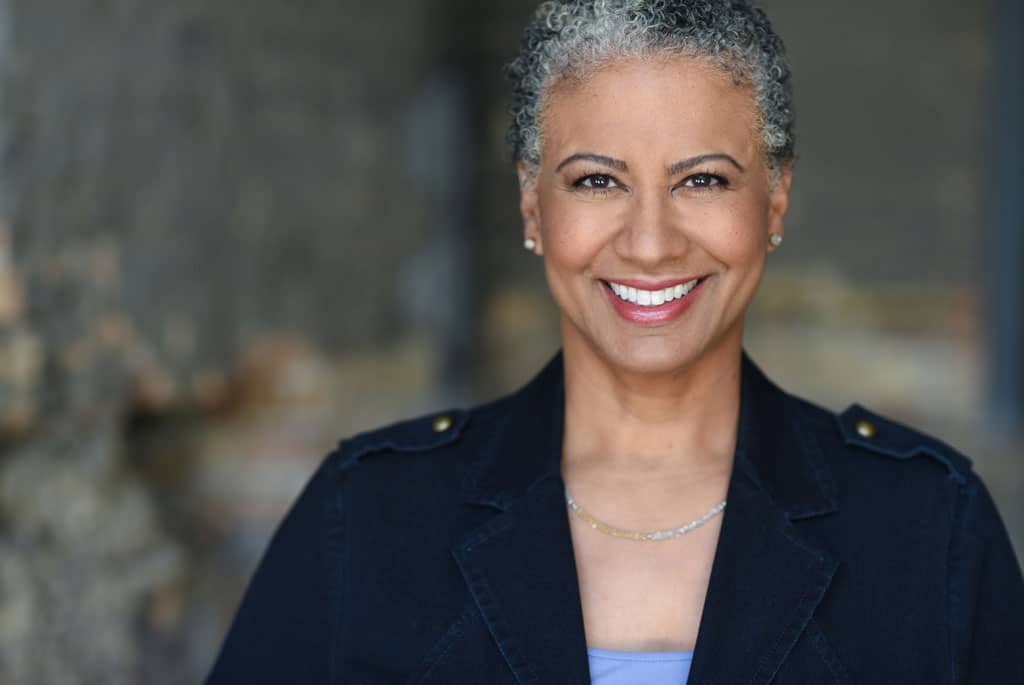


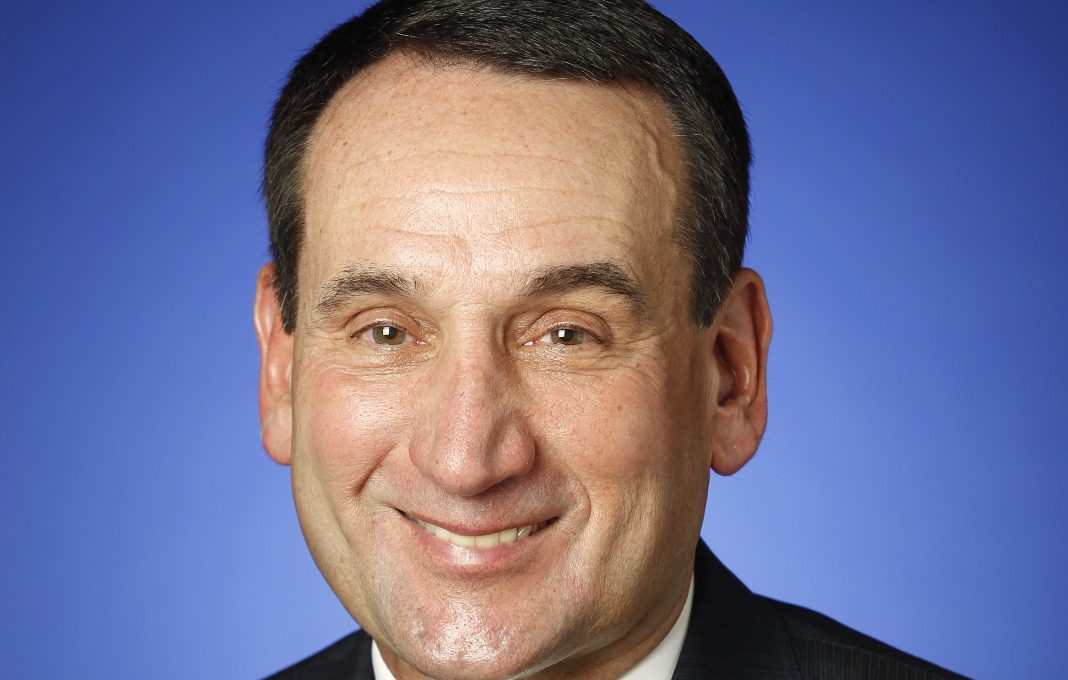














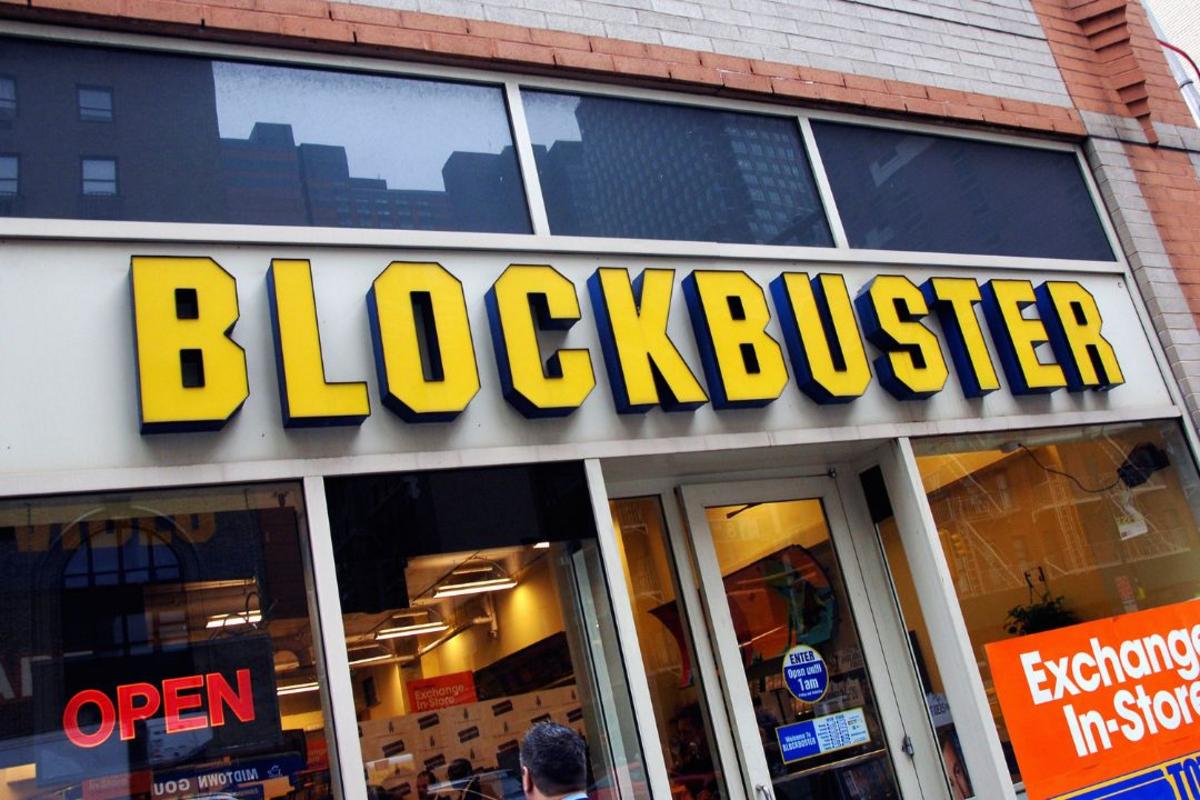






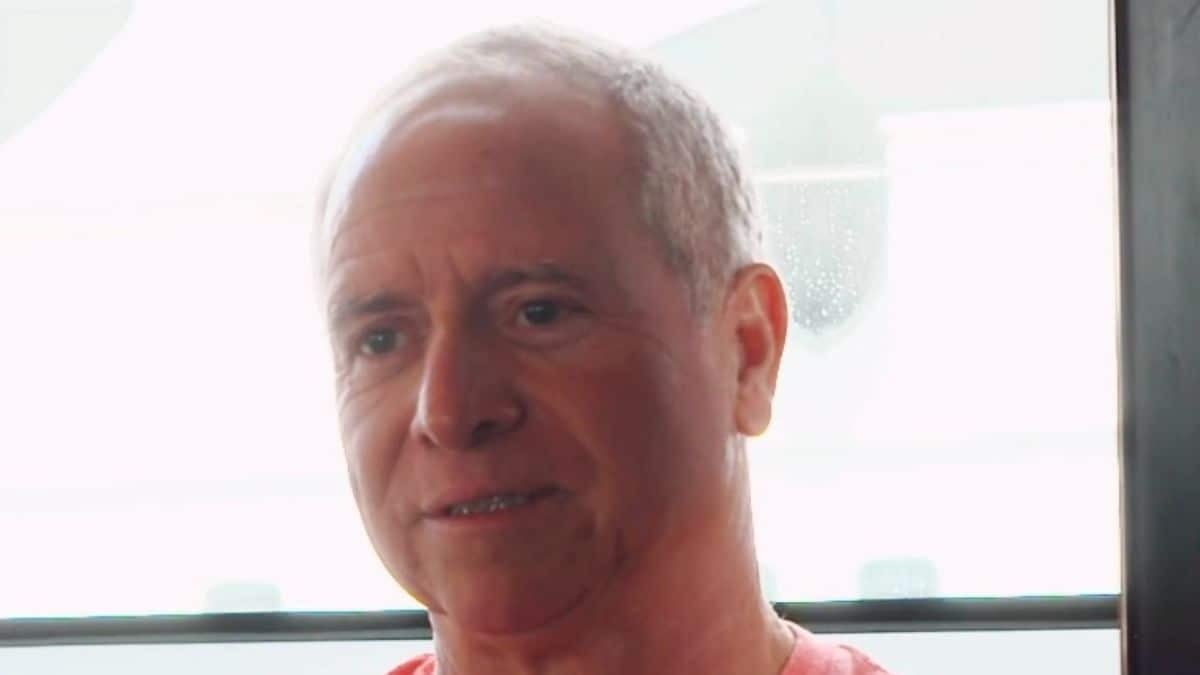









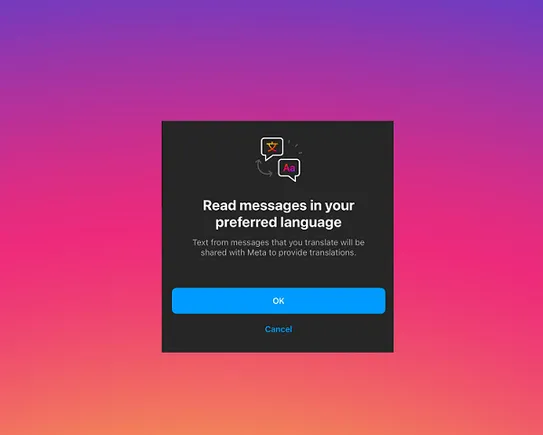
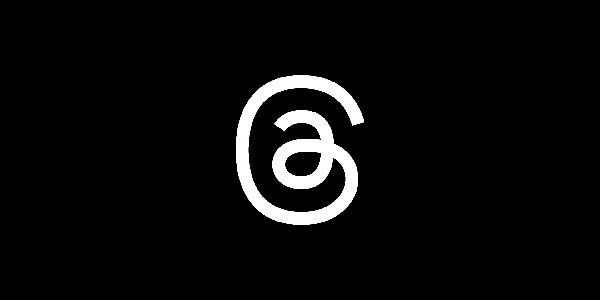
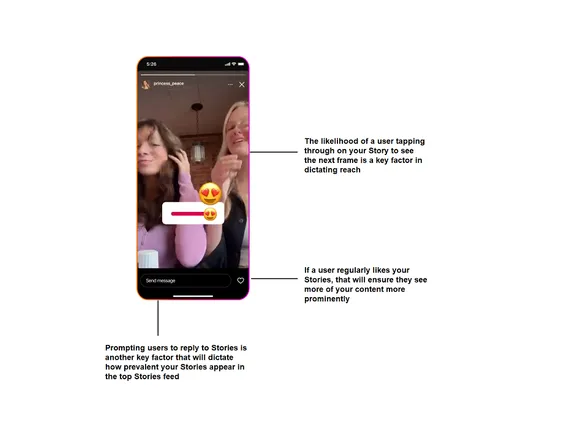
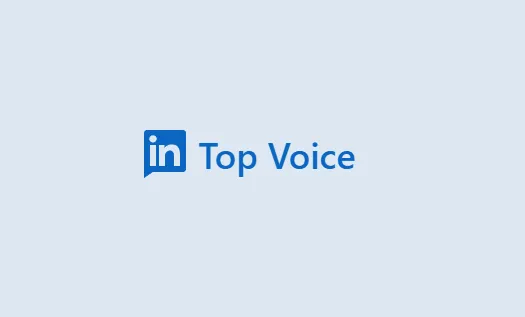
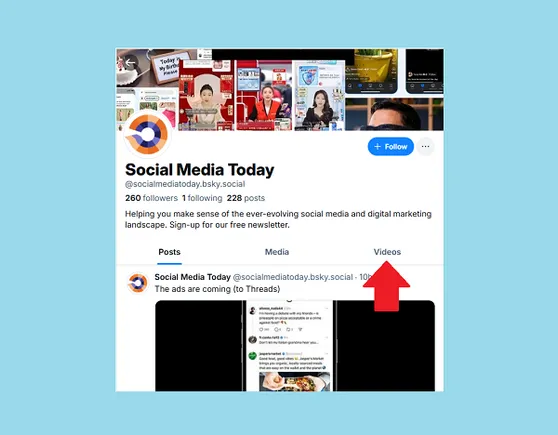
![How Will AI Impact the Global Workforce? [Infographic] How Will AI Impact the Global Workforce? [Infographic]](https://imgproxy.divecdn.com/vhdGY5213MhIJV6-NnwNGwlYkeRCW5mkaDQGgpKM3Qs/g:ce/rs:fit:770:435/Z3M6Ly9kaXZlc2l0ZS1zdG9yYWdlL2RpdmVpbWFnZS9haV9qb2JzX2luZm9fMi5wbmc=.webp)











